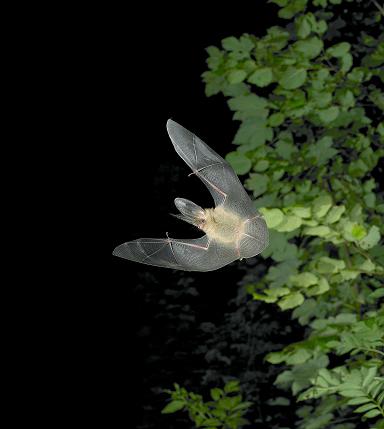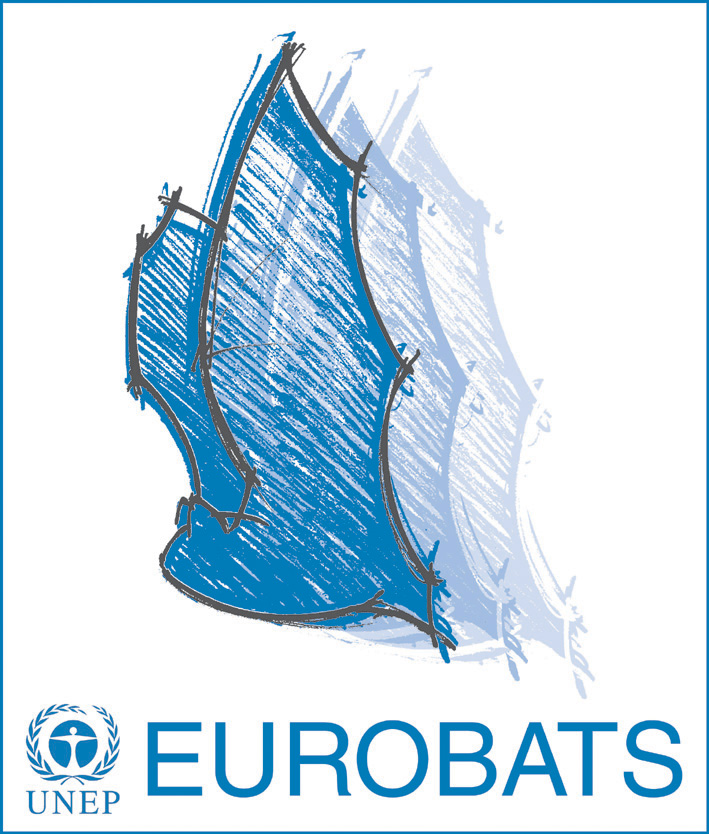There are nine species of bats established in Ireland. Several of them, like the common and soprano pipistrelles, are widespread and common; others, like the lesser horseshoe bat, are relatively rare and restricted in distribution. All Irish bats are protected under national and EU legislation. Both the animals themselves and their roosts are protected and it is an offence to disturb or interfere with them without a licence.
Ireland’s obligations under the EU’s Habitats Directive include the need for a full assessment of the conservation status of all EU listed species (which includes all bat species) every 6 years. The most recent assessment was completed in 2013 and is available in the Article 17 Reports section of this website.
.jpg)
Leisler's Bat (Photo: Greenaway)
National Bat Monitoring Programme
NPWS, in co-operation with Bat Conservation Ireland, is running a nation-wide Bat Monitoring Programme. The programme consists of 4 integrated monitoring schemes:
- Car transect survey – A novel protocol was devised in Ireland to monitor bats while driving (see Irish Wildlife Manual No. 19). This scheme was piloted in 2003 and has continued and expanded ever since. The latest synthesis report on this survey work, which collates and analyses all data from 2003 - 2011 is available in our Irish Wildlife Manual series (see Irish Wildlife Manual No. 60).
- Brown long-eared bat monitoring - A three year project to identify and monitor suitable brown long-eared bat roosts took place between 2008 and 2010. This monitoring scheme is now firmly established. The latest report, in Irish Wildlife Manual No. 56, was published in 2011.

Brown long-eared bat (Photo: Greenaway)
- Waterways bat surveys - Dedicated surveys of Daubenton's bats began in 2006. A nationwide scheme is now in place using trained volunteers. This is one of the most successful wildlife monitoring schemes in Ireland with over 200 people participating annually. The latest report, in Irish Wildlife Manual No. 61, was published in 2012.
- Lesser horseshoe survey - An ongoing programme of winter and summer counts at important lesser horseshoe bat roosts continues to be carried out by NPWS regional staff with input from the Vincent Wildlife Trust. Approximately 120 summer sites and 100 winter sites are monitored every year. The most recent report reviews the scheme up to spring 2015 and is available in Irish Wildlife Manual No. 85.
Bats in Houses
Some species of bats depend on buildings for roosts at different times of the year. Bats rarely cause any problems when they roost in houses and many householders all over Ireland have lived happily with their bats for many years. Learn more about living with bats here: Bats in Houses leaflet
The disturbance of bat roosts is an offence, but it may be possible to avoid causing any disturbance during e.g. renovation/building work by early planning and careful mitigation measures. The Bat Mitigation Guidelines for Ireland, providing advice on planning, survey and mitigation, are available in Irish Wildlife Manual No. 25.
Eurobats
Many bats, like birds, migrate long distances between summer and winter grounds. The Convention on the Conservation of Migratory Species (CMS) was established in recognition of the fact that endangered migratory species can be properly protected only if activities are carried out over the entire migratory range of the species. The Agreement on the Conservation of Populations of European Bats (EUROBATS) was set up under CMS and came into force in 1994. To date 36 out of 63 range states have acceded to the Agreement. Ireland signed the Agreement in 1995.
EUROBATS aims to protect all 53 European bat species through legislation, education, conservation measures and international co-operation. The Agreement provides a framework of co-operation for the conservation of bats throughout Europe, Northern Africa and the Middle East. Ireland is actively involved in promoting and developing the EUROBATS Agreement and in 2015 Ireland was elected Chair of the EUROBATS Advisory Committee.
You can read more about European bats and the EUROBATS Agreement here: http://www.eurobats.org/

